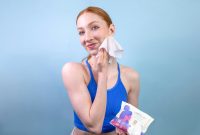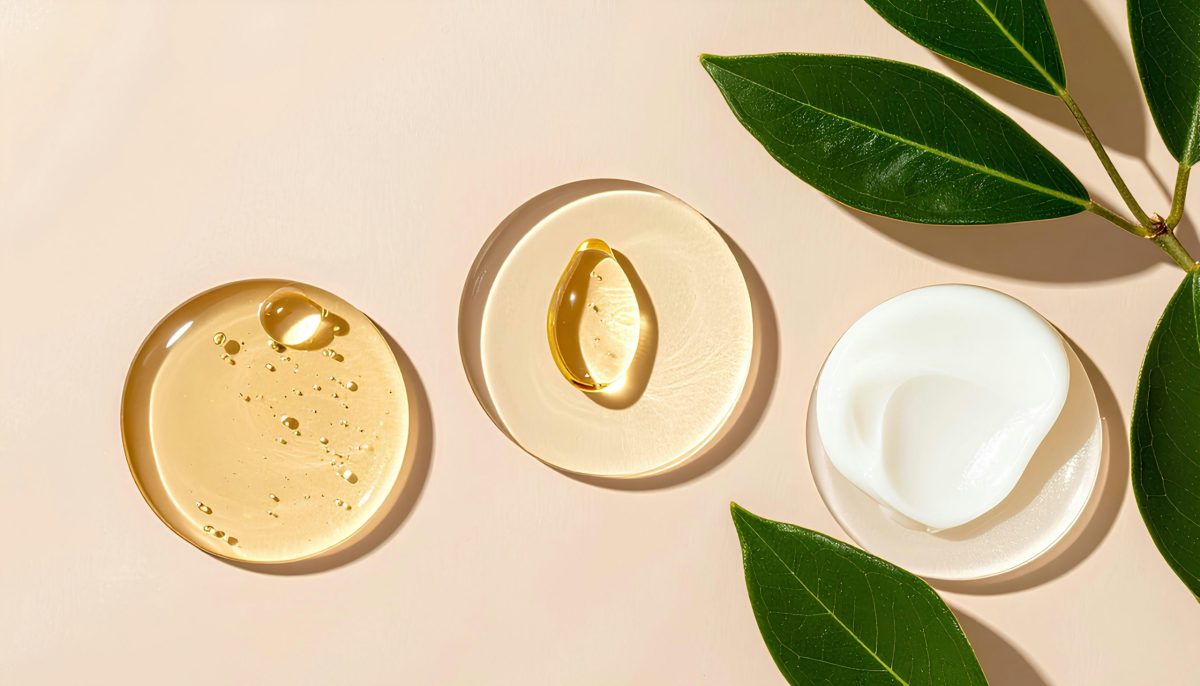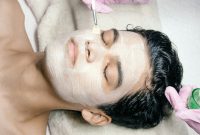Acne is one of the most common skin problems that affects people of all ages — not only teenagers but also adults. Although it might seem like a simple issue, acne can significantly impact self-confidence and leave long-lasting scars. Understanding the root causes of acne and learning the right acne treatment methods are essential steps toward achieving clear and healthy skin.

🧬 1. Understanding the Causes of Acne
Before choosing a treatment, it’s important to understand what causes acne. Essentially, acne occurs when pores become clogged with excess oil (sebum), dead skin cells, and bacteria. However, several factors can contribute to acne formation:
- Hormonal Changes
Hormones, especially androgens, can increase oil production. This explains why acne often appears during puberty, menstruation, or times of stress. - Poor Hygiene and Skincare Habits
When the skin isn’t cleansed properly, dirt and oil accumulate, clogging pores and creating an environment where bacteria thrive. - Diet and Nutrition
High-glycemic foods, dairy, and processed fats can trigger acne in some individuals. - Comedogenic Cosmetic Products
Using heavy or pore-clogging products can worsen acne. Always choose non-comedogenic skincare and makeup. - Genetic and Environmental Factors
Acne can run in families. Additionally, pollution and humidity can aggravate the skin.
💧 2. Types of Acne
Identifying your acne type is crucial for choosing the right treatment approach.
- Comedonal Acne (Whiteheads & Blackheads)
- Whiteheads are closed clogged pores.
- Blackheads are open pores oxidized by air, turning dark.
- Usually non-inflammatory.
- Papules and Pustules
- Papules are small red bumps without pus.
- Pustules are inflamed pimples containing pus at the top.
- Nodules and Cystic Acne
- Large, painful bumps beneath the skin caused by deeper inflammation.
- Require professional medical treatment.
🧴 3. Effective Acne Treatment Steps
Treating acne requires patience and a combination of external (topical) and internal treatments.
A. Topical Treatments
- Cleanse Your Face Properly
Wash your face twice daily using a gentle cleanser with salicylic acid or tea tree oil to remove excess oil and dirt. - Use Toner to Balance the Skin
Apply an alcohol-free toner to restore the skin’s pH balance and remove leftover impurities. - Apply Targeted Serums or Acne Creams
Look for ingredients that help reduce inflammation and clear clogged pores:- Benzoyl Peroxide: kills acne-causing bacteria (Propionibacterium acnes).
- Salicylic Acid: exfoliates and unclogs pores.
- Niacinamide: reduces redness and helps with oil control.
- Retinol: promotes cell turnover and prevents pore blockage.
- Hydrate the Skin
Even oily or acne-prone skin needs moisture. Use a lightweight, oil-free moisturizer to prevent dehydration. - Never Skip Sunscreen
UV exposure can worsen inflammation and cause post-acne dark spots. Choose a broad-spectrum SPF 30+ sunscreen.
B. Internal Treatments (Lifestyle and Nutrition)
- Eat a Balanced Diet
Minimize sugar, dairy, and fried foods. Consume vegetables, fruits, lean protein, and drink at least 2 liters of water daily. - Manage Stress Levels
Stress triggers cortisol production, which can increase oil secretion. Meditation, exercise, and good sleep can help. - Sleep Well
Skin regenerates during sleep. Aim for 7–8 hours per night to maintain a healthy complexion. - Consider Supplements
Vitamins such as A, C, E, and zinc support skin healing and reduce inflammation.
🧖♀️ 4. Professional Acne Treatments
If acne persists or becomes severe, professional treatments can be highly effective. Here are some common clinical procedures:
- Acne Facial
A deep-cleansing procedure that removes blackheads, whiteheads, and dead skin cells using professional techniques. - Chemical Peels
Use mild acids (such as glycolic or salicylic acid) to exfoliate and encourage new skin growth. - Laser Acne Treatment
Laser therapy reduces acne-causing bacteria and helps regulate sebum production. - Microneedling (Dermaroller)
Stimulates collagen production, helping to fade acne scars and improve skin texture. - IPL (Intense Pulsed Light)
Reduces redness, inflammation, and bacterial growth with focused light energy.
Each treatment has its own benefits and should be performed by a licensed dermatologist to ensure safety and optimal results.
🌸 5. Preventing Acne from Coming Back
Consistency is key. Once your skin clears up, continue maintaining it with these preventive habits:
- Avoid picking or squeezing pimples.
- Change pillowcases and towels regularly.
- Wash makeup brushes and beauty tools weekly.
- Don’t touch your face unnecessarily.
- Maintain a healthy skincare routine — cleanse, treat, hydrate, and protect daily.
- Stay hydrated and manage stress effectively.
🌿 6. Natural Home Remedies for Mild Acne (Optional)
For mild cases, natural remedies can support acne treatment:
- Aloe Vera: soothes and reduces inflammation.
- Green Tea: contains antioxidants that fight acne-causing bacteria.
- Honey & Cinnamon Mask: antibacterial and healing properties.
- Ice Cubes: help reduce swelling and redness temporarily.
However, always do a patch test before applying any natural remedy to ensure your skin doesn’t react negatively.
🕊️ 7. Conclusion
Acne treatment is not just about applying creams — it’s about caring for your skin inside and out. Effective acne management includes the right skincare products, a healthy lifestyle, and, if needed, professional help.
Remember that healing takes time. There is no overnight cure for acne, but with consistency, patience, and proper care, your skin can regain its natural balance and glow.
💬 “Healthy skin is not about perfection — it’s about balance, care, and confidence.”


